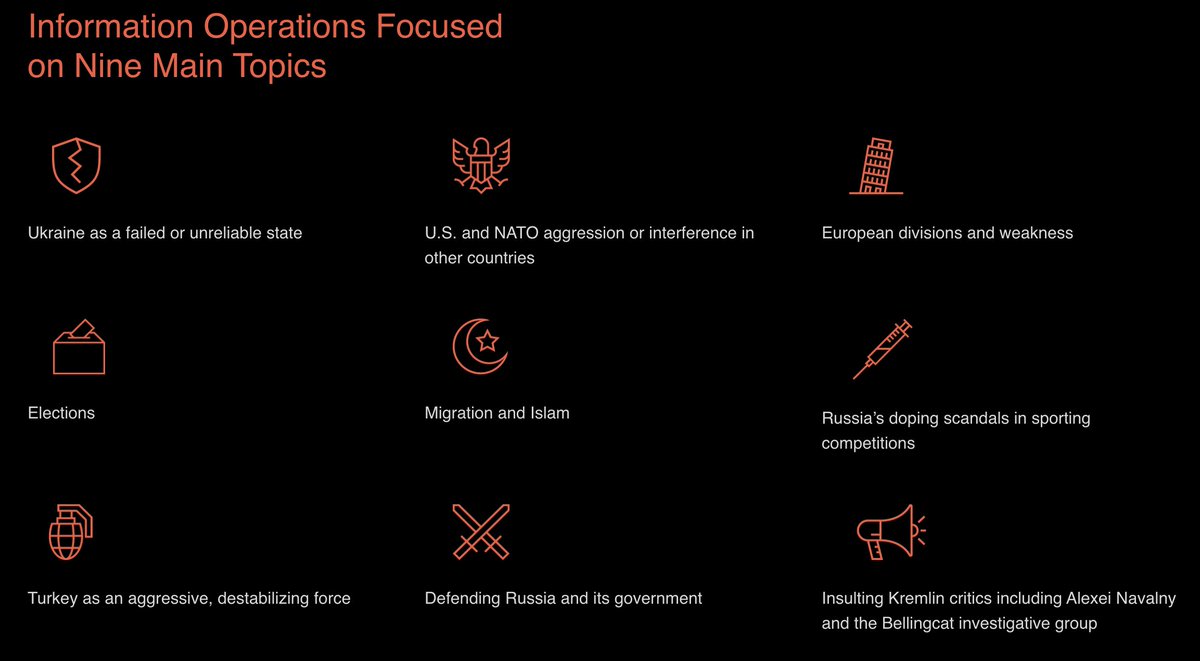
An optimist working on digital harms | Sr. Director, Trust & Safety @NianticLabs | Teaching @ColumbiaSIPA | Affiliate @BKCHarvard @Graphika_NYC | Former @Google
How to get URL link on X (Twitter) App


https://twitter.com/AJLUnited/status/1486715663754268689?s=20It’s such a joy to see a project you’ve worked on for 2+ years finally see the light of day ☀️.

https://twitter.com/checkstep/status/1367944301922181124Attribution here is “simply” the practice of identifying who are the entities responsible for conducting disruptive, covert operations. As such, that question only applies to a very small section of the universe of mis/disinformation campaigns - worth keeping in mind!


https://twitter.com/benimmo/status/1234556735060398086This campaign highlights a few recent trends in influence operations.
